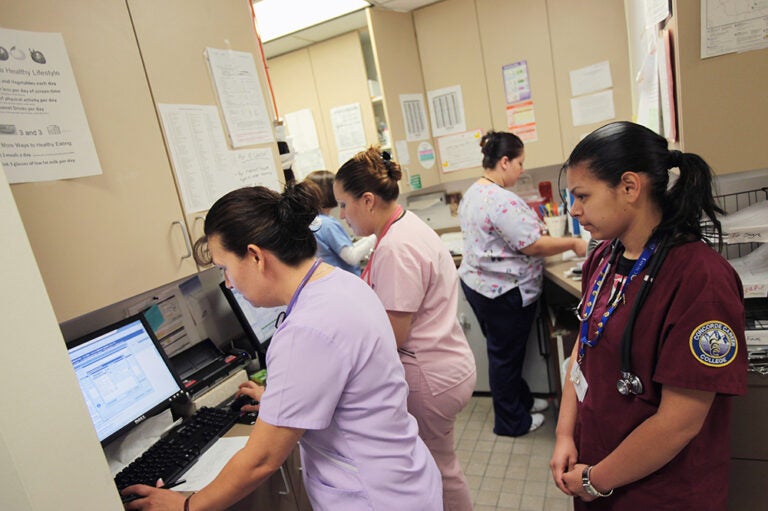The Children’s Health Insurance Program, or CHIP, is a key piece of the social safety net. Let’s take a look at what CHIP is, how it is financed, and who benefits from it.
1. CHIP covers about 10 percent of the nation’s children. CHIP was created in 1997 and covers children in families that are not eligible for Medicaid due to their income but still have difficulty purchasing health insurance. Income eligibility differs by state, ranging from 190 percent of the federal poverty level (FPL) in Idaho to 405 percent of the FPL in New York. Nationally, the program covers more than 7 million children and around 400,000 pregnant women. Since the program was enacted over 20 years ago, the percentage of uninsured children has dropped from 14 percent to 4 percent.
2. CHIP is jointly funded by the federal and state governments. Similar to Medicaid, CHIP is funded jointly by the federal and state governments and is designed to give states flexibility to tailor the program to fit unique needs. To encourage states to expand coverage for children, the federal government matches state spending on CHIP at a rate that is 15 percentage points higher than the Medicaid matching rate. In 2022, CHIP cost a total of $22.3 billion, with the federal government funding about 76 percent of that amount. If states do not use their matching funds within two years, leftover money is reallocated to states that have exhausted their funds or have seen increases in enrollment.
CHIP offers states flexibility to design unique features. States may expand Medicaid to cover children, establish stand-alone CHIP programs, or use a combination of both. (Most states have a combination program.) States also have the flexibility to set benefit requirements as well as the levels of premiums and cost-sharing within the program’s limits.
3. CHIP plays an important role in keeping insurance affordable for families. In order to keep insurance affordable for families, CHIP limits premiums and cost-sharing. Families with children enrolled in stand-alone CHIP plans can be charged premiums, copayments, deductibles, and other fees up to 5 percent of their household income. Premiums are prohibited for families below 150 percent of the poverty level whose children are enrolled in a CHIP plan provided through the state’s Medicaid program. The restrictions on out-of-pocket spending can make a significant difference for families that would not qualify for cost-sharing assistance for marketplace plans as a result of their income level. A study conducted in 2015 found that CHIP plans cost families $158 per child annually, while comparable employer plans cost $891 per child. Moreover, CHIP plans tend to cover a higher percentage of costs than marketplace plans and must cover dental care, while marketplace plans do not.
Image Credit: monkeybusinessimages/Getty Images
Further Reading
Quiz: How Much Do You Know About Healthcare in the United States?
The United States has one of the largest and most complex healthcare systems in the world. Take our healthcare quiz to see how much you know about the cost and quality of the U.S. healthcare system.
How Did the One Big Beautiful Bill Act Change Healthcare Policy?
The OBBBA adds significantly to the nation’s debt, but its healthcare provisions lessen that impact by $1.0 trillion.
Budget Basics: Unemployment Insurance Explained
The Unemployment Insurance program is a key counter-cyclical tool to help stabilize the economy and speed recovery during downturns or crises.


